Tom King caught the eyes of comic book editors with his debut novel, 2013’s This Crowded Sky, telling a story about superheroes stripped of their powers. Not long after its publication, he sells Sheriff of Babylon to Vertigo. Before Sheriff is even published, King is invited to co-write the new DC series Grayson, which began its run in 2014. Just two years later the author takes over Batman, the most important title in comics.
That’s a remarkable career trajectory, but readers can easily identify why King was met with such immediate success. He offers a unique perspective and pacing to his stories that, while familiar to longtime comic book fans, are largely absent from mainstream comics.
The response to Tom King’s comics has been overwhelming, even encouraging the revival of a certain publishing model. In that sense, his influence is already apparent. In other ways, his impact on the industry and art form may not show itself for years to come. Read a few ways the work of Tom King’s is significant not just on its own merits but to the present and future of comics.
The Alan Moore Influence
Even though DC’s Doomsday Clock lifts characters and concepts directly from Watchmen, Alan Moore’s influence has seen a more impactful resurgence in comics written by Tom King.
The majority creators in the ’80s and ’90s took the wrong lessons from Watchmen, believing that the way to follow in its footsteps was to bring the violence and moral turpitude in Watchmen to mainstream superhero comics. Their misguided efforts resulted in a wave of “dark” and “edgy” comics rather than ones inspired by Moore’s actual approach to comic book storytelling.
30 years later, Tom King proves himself to be a far more attentive student of Alan Moore’s work. The spirit of Moore is imbued in every comic King writes. So, ironically, one of the biggest influences Kind has had on mainstream comics is the inspiration he takes from another creator.
Other modern writers have learned from Alan Moore, of course, but King has a particularly deep understanding of his work and borrows more of his sensibilities. Most notably, King is inspired by Moore’s methodic pacing in an era of comics that’s embraced cinematic storytelling. Alan Moore comics are anything but cinematic, an oft-forgotten reason why the Watchmen movie didn’t work and why no direct adaption ever could.
By digging beneath the surface and recognizing the magic of Alan Moore’s contribution to the medium, King writes thoughtful, deliberately paced stories that speak as much to the human condition as they do about the superhero whose logo is plastered on the cover.
King trades comic book storytelling inspired by another medium for a kind of pacing that’s completely unique to comics, the details of which will be discussed in the next section.
By digging beneath the surface and recognizing the magic of Alan Moore’s contributions to the medium, King writes thoughtful, deliberately paced stories that speak as much to the human condition as they do about the superhero whose logo is plastered on the cover.
Panel Grids
One of the first things you’ll notice flipping through a stack of Tom King comics is the use of repeating panel structures, most frequently in the form of the 9-panel grid. King scripts grids because the format offers unique control over the pacing of every page. I could never explain the specific artistic effect of Tom King’s grid format as Hassan Otsmane-Elhaou, so I recommend you check out his YouTube channel Strip Panel Naked for incredible insights into Tom King’s approach to his craft, including a description of several ways King’s 9-panel grids make such an impact.
Writers tend to leave decisions concerning panel layouts to the artist. It’s important to be a good collaborator and leave a lot of the visual storytelling to the artist but sometimes a defined page structure can lead a more cohesive and powerful comic. King still knows how to adjust his scripts according to the artist. When collaborating with David Finch, he incorporated a lot more splash pages into Batman. But the author tends to seek out artists comfortable with a grid format like Mitch Gerads and Clay Mann because that’s the style he most excels in as a storyteller.
Most mainstream comics don’t have repeating panel grids, but I wouldn’t be surprised to see that change following the overwhelmingly positive reception to Tom King’s comics, Mister Miracle in particular. When I interviewed him at New York Comic-Con, I took the opportunity to tell him that his work inspired me to co-create a comic that uses the 9-panel grid. I hope his comics have a similar effect on professional writers. Grids are an often effective technique that’s largely missing from mainstream comics.
Maxiseries
The most immediate impact of Tom King’s work is the revival of maxiseries, often ones designed to define (or redefine) B and C-level characters. The first comic King ever sold is Sheriff of Babylon, a 12-issue Vertigo series with Mitch Gerads. Around that same time, he showed how effective maxiseries can be for licensed characters
One of King’s earliest works for DC is Omega Men with Barnaby Bagenda. Despite low sales, the book left the extraterrestrial heroes with a clearer identity than they’ve had since their inception. His sole project at Marvel is Vision with Gabriel Walta, a maxiseries so impressive that it served as the inspiration for upcoming Disney+ television series WandaVision. Most recently, King reteamed with Mitch Gerads to co-create a Mister Miracle, a series that received wide critical acclaim, winning the team Eisner Awards for Best Writer, Best Artist, and Best Limited Series.
On multiple occasions, King has proven to publishers that in 12 issues a company can reinvent a character that needs a fresh coat of paint. The format isn’t necessarily a new concept, but King showed the continued viability of the formula. A look at recent DC solicitations shows how that’s born fruit.
DC has clearly taken to stories told over 12 issues. In addition to his own Adam Strange maxiseries with Mitch Gerads and Evan “Doc” Shaner, the company is releasing Martian Manhunter and Inferior Five maxiseries that attempt to revitalize interest in the properties. Even new Superman Family titles Lois Lane and Jimmy Olsen are slated for 12 issues, a decision made by DC rather than the creators. 3 of the 4 Wonder Comics titles are as well.
It’s impossible to deny that Tom King has had a notable impact on comics publishing. His influences, his writing style, and even his preferred publishing format have captured the industry’s attention following their success in his work. In the coming years, I only expect his impact to grow and for his upcoming projects to inspire more changes. It’s pretty amazing to see how one man has played such an important role in comics over a few short years, but I guess that’s the Tom King effect.



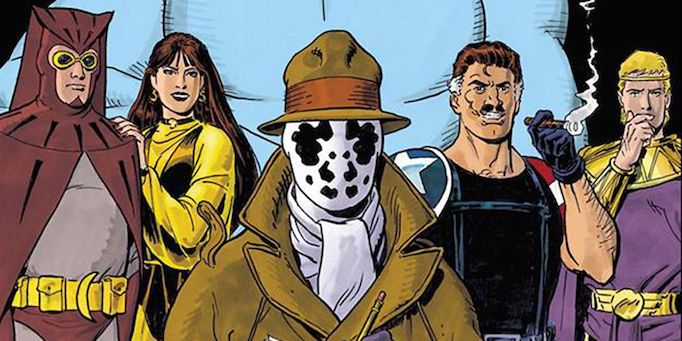
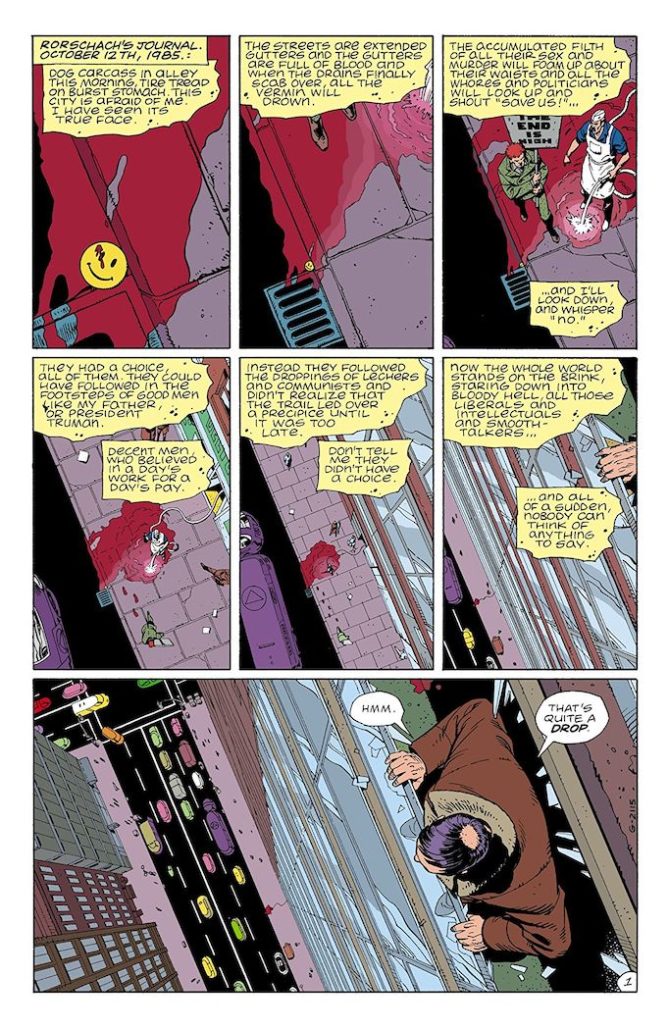
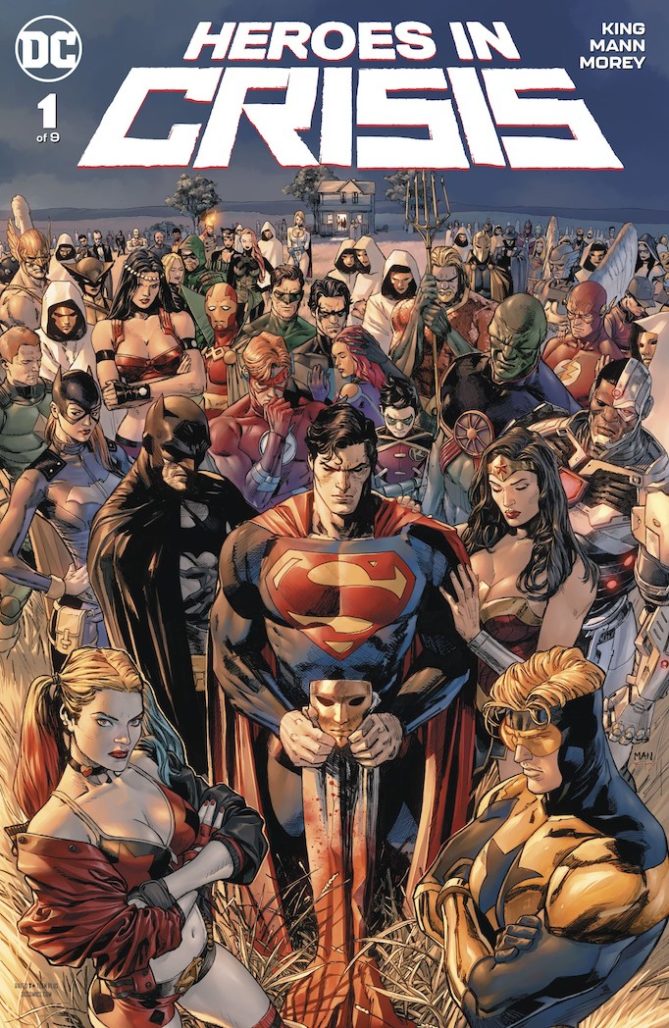
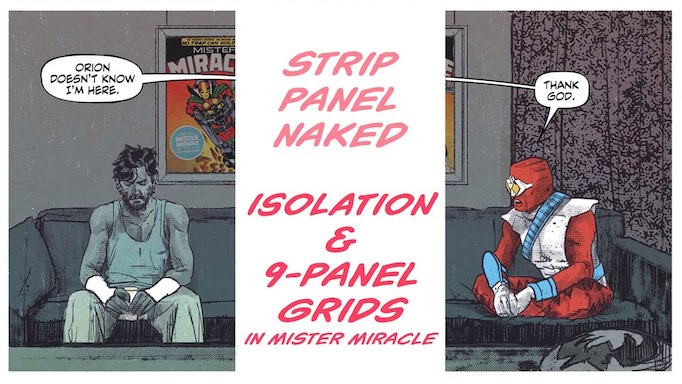
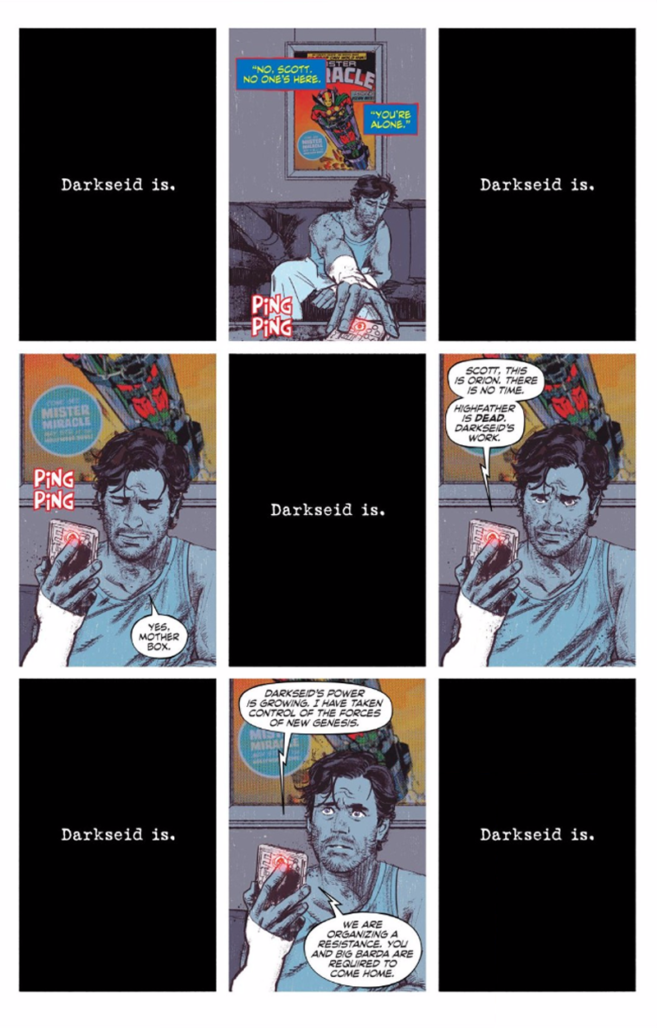
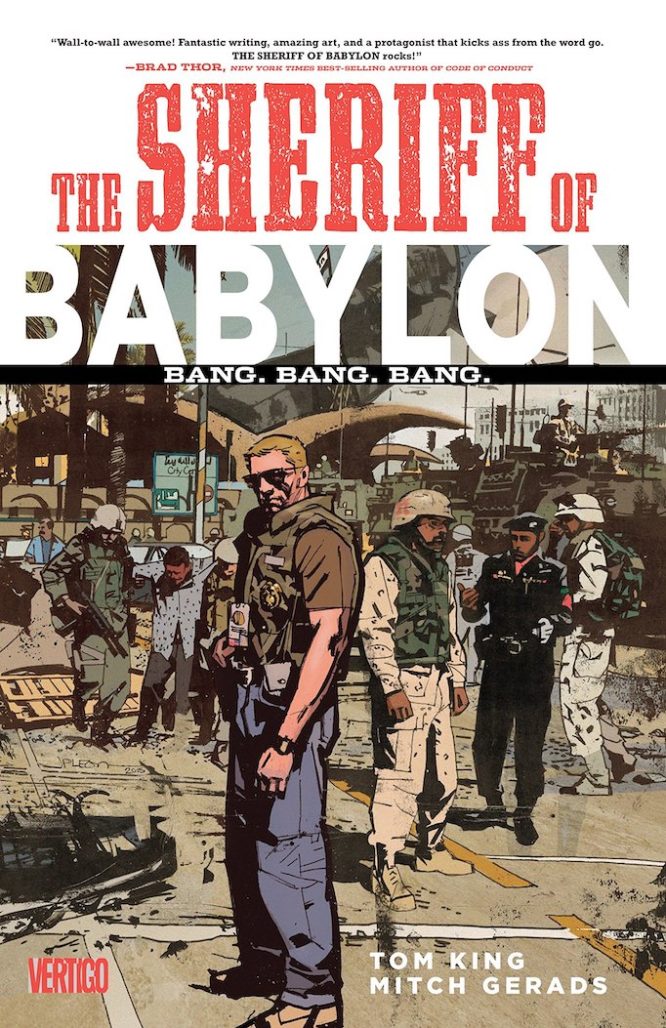
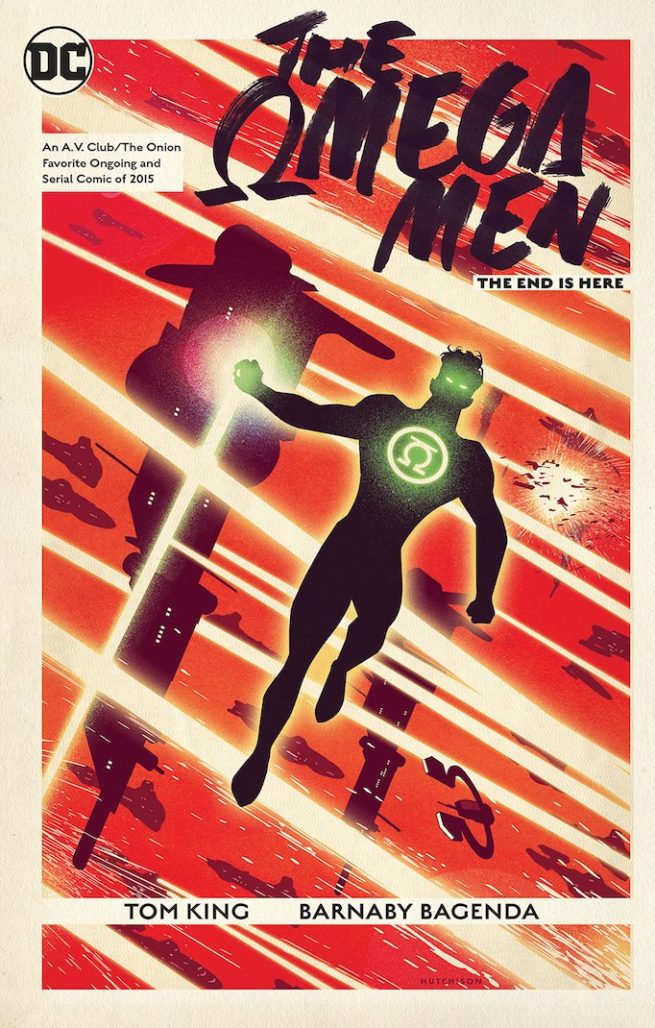

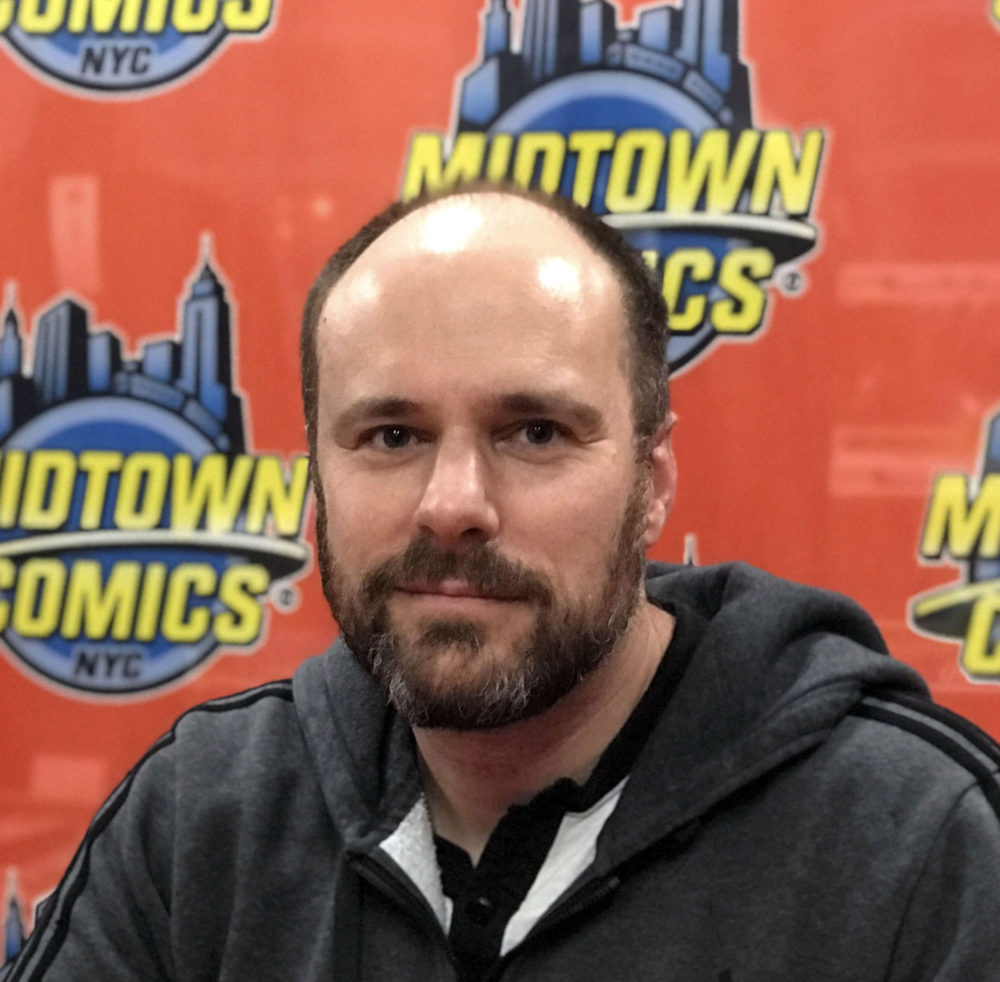






I find Tom and Mitch’s work in Mister Miracle has much more in common with Alan and Bill’s work in Big Numbers. especially the use of cadence.
Oh and Inferior Five is 6 issues long now.
He can be so great, but yeah, his Batman is just the shits. Excited for Strange Adventures though.
Mister Miracle was a travesty of Jack Kirby. Vision was a pretentious bore.
How is King influencing comics when two of your three examples are not from King but from decades earlier ? I’m not denying his influence, I’m just saying there are not examples of it, these are examples of things King is influenced by.
I enjoyed his Mister Miracle for being an odd but entertaining book. His Batman was up and down but his Heroes in Crisis had to be one of the worst stories told. It was just bad. Then what he did to Wally was so over the top bad that I will no longer read any of his books. No matter what new books he puts out I will not pick up if it has his name on it.
Wait. Wasn’t it Marvel that did the season/maxi-series format before TK even thought of it?
I think you are way overselling King’s “influence” –it’s hard to tell if he’s having much influence at all yet. The only real example here seems to be 12 issue maxi-series…but I’m not sure King is the source of their popularity. I see the influence of Vaughn and Kirkman and Morrison all over the place…but have yet to notice much King style storytelling in any of the comics I stumble across…
I could not finish Mister Miracle. I thought it was a partial boring sludge of a read. I use partial because I could not finish it and never will. Loved The Vision. Enjoy his Batman. Heroes in Crisis was shite. After Batman? I am done with him.
I was shocked and appalled to see King appropriate my Kirby quote for “his” Mister Miracle–published as a throwaway detail in his regurgitation of one of the very comics that DC cancelled on Kirby at his career peak of inspiration and quality of expression, one of the senseless acts by corporate comics that broke Kirby’s own heart.
Tom King answers the unasked question: What if Alan Moore was a narc who tortured people for the CIA in an illegal war?
“Most mainstream comics don’t have repeating panel grids, but I wouldn’t be surprised to see that change”
Is it an influence on the industry if even you don’t think it’s happened yet? And what about everyone who did it first?
“It’s pretty amazing to see how one man has played such an important role in comics over a few short years, but I guess that’s the Tom King effect.”
I’d say the Tom King effect is getting comic journos to gush uncontrollably! He’s a good writer, but let’s cool it down – I can’t imagine his Batman would have gone so far off the rails had it not been for the OTT praise.
Comments are closed.